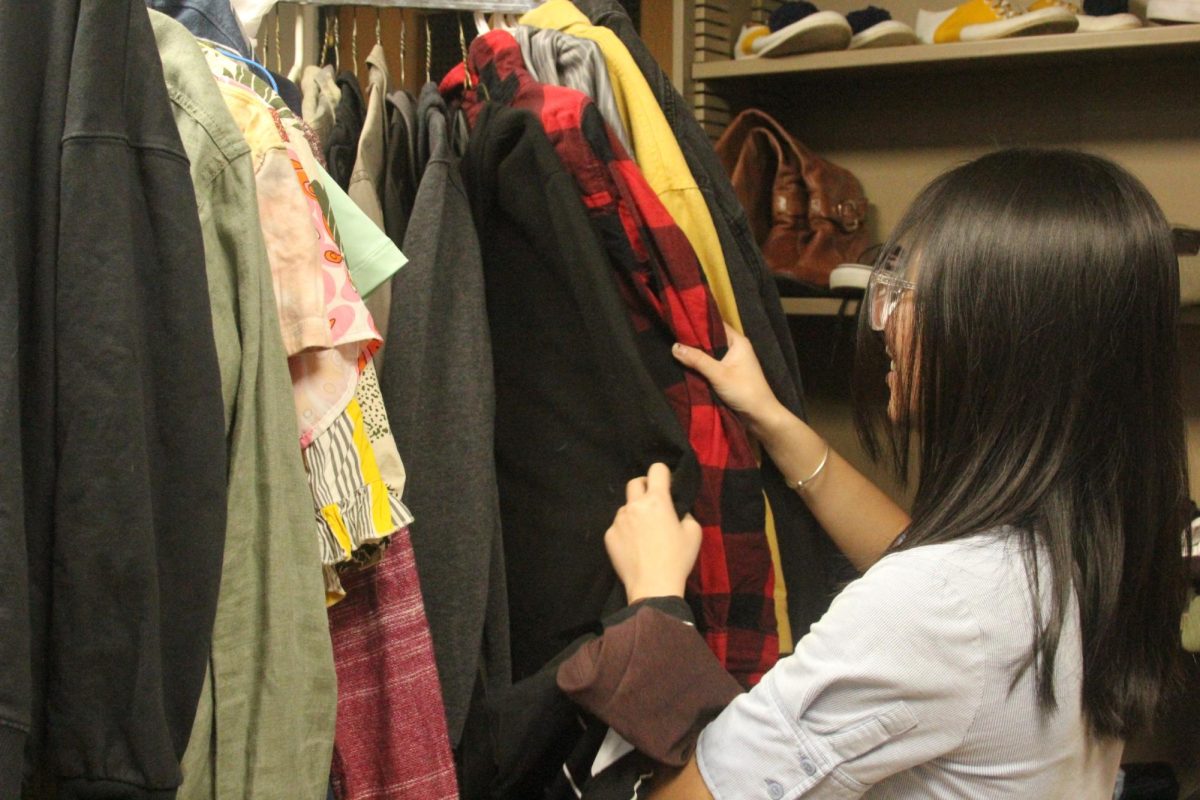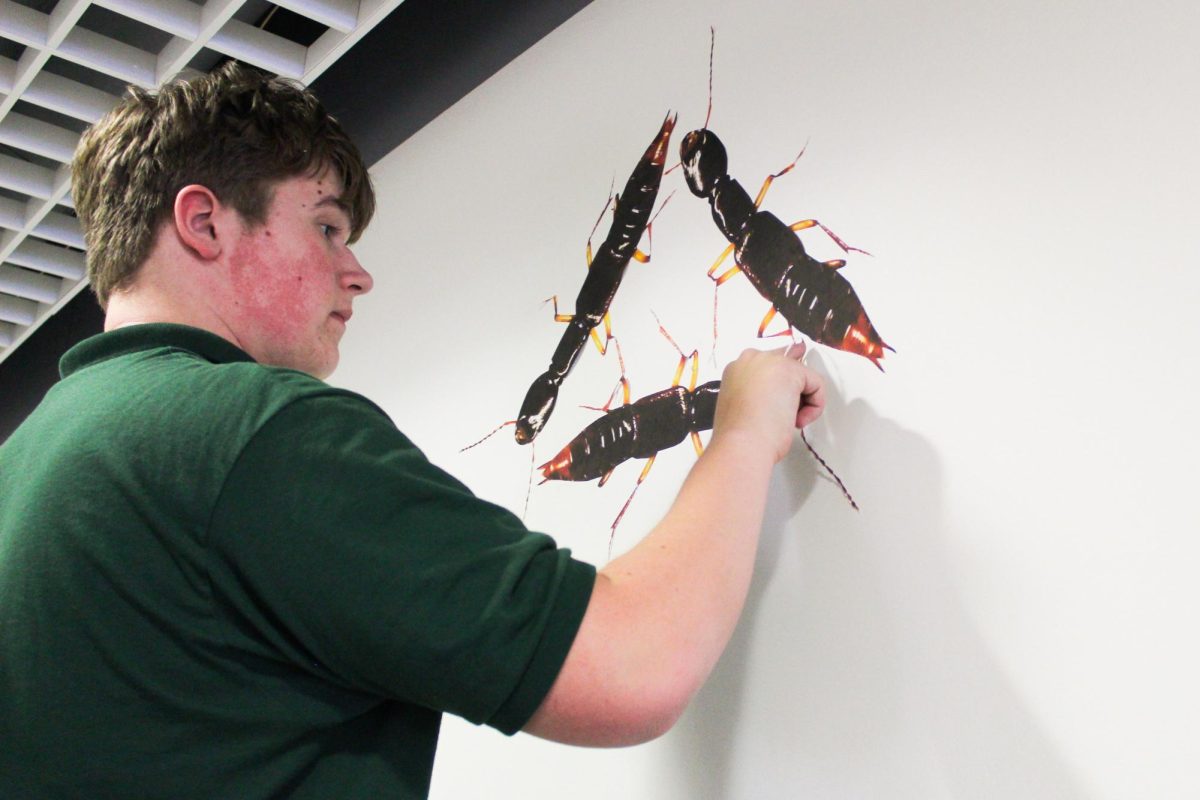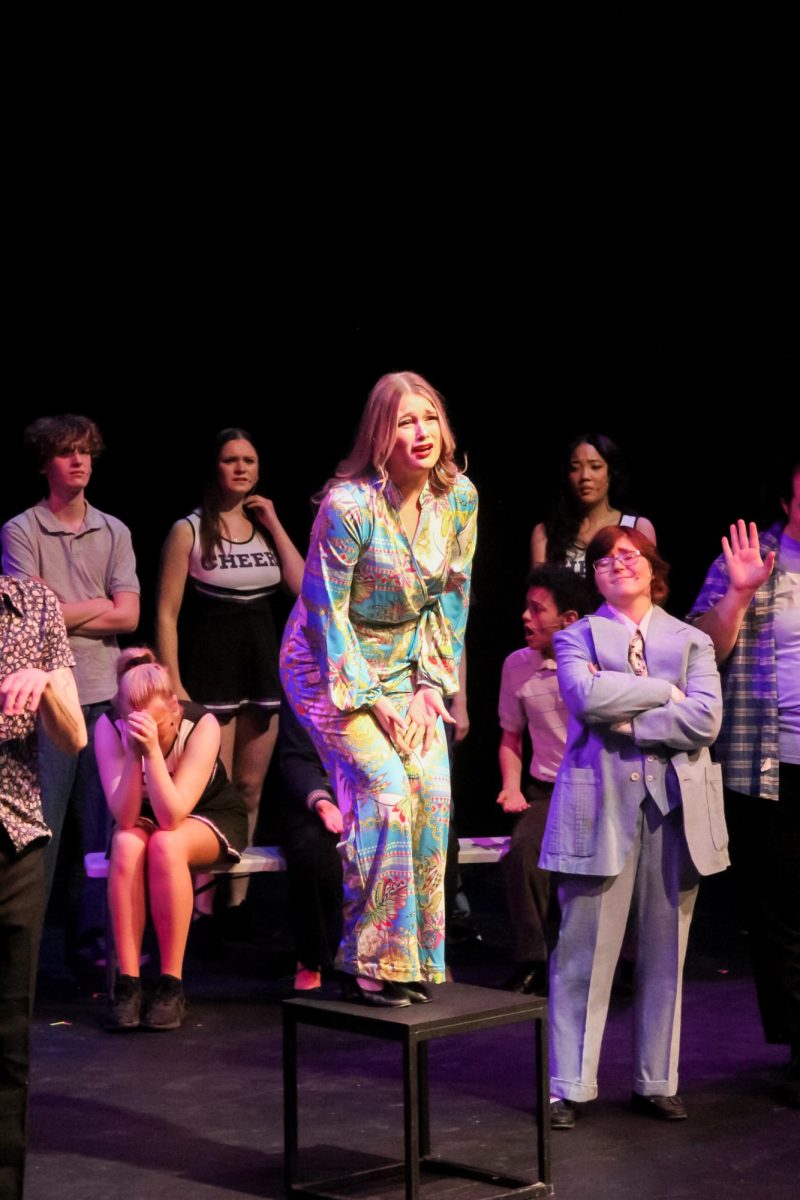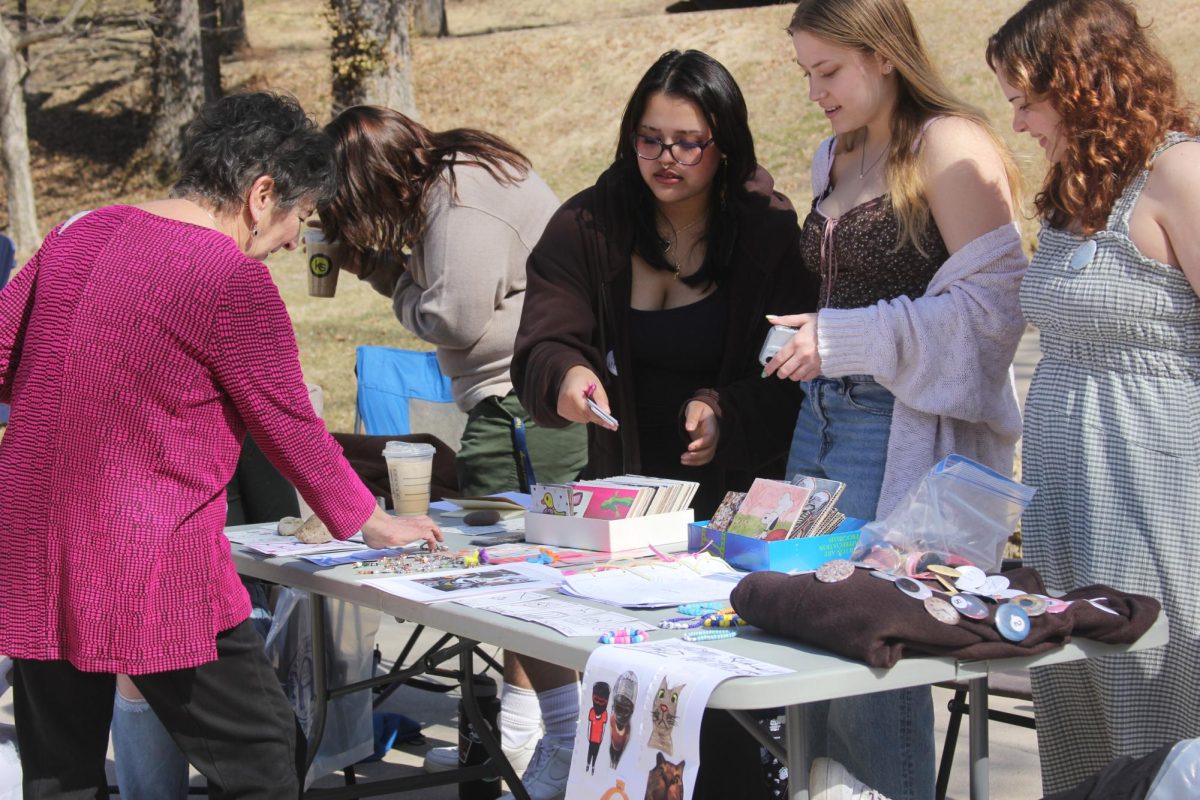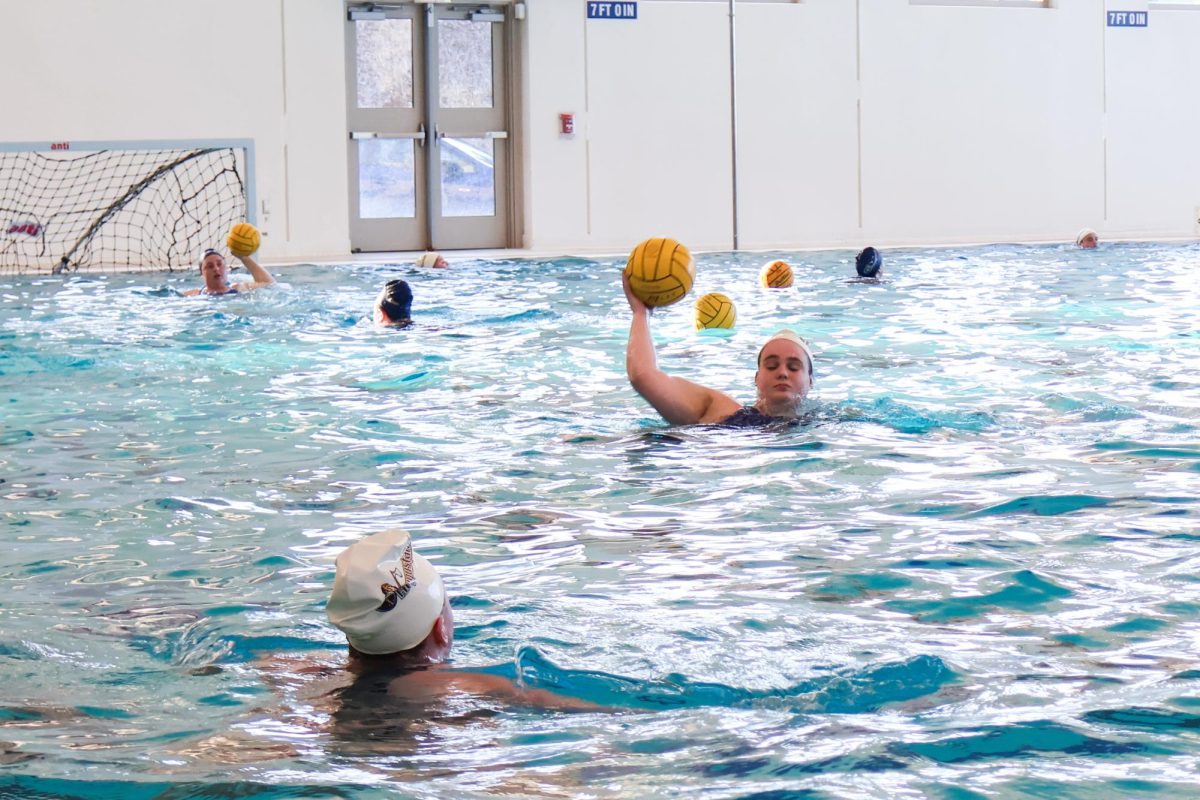The Etruscans: A forgotten civilization impacting us today
March 11, 2022
On Thursday, March 3, Dr. Rachel Horner Brackett gave a presentation about the Etruscan civilization titled “Etruscans at the Crossroads: Lost Cities of Tuscany.” The Etruscans were an ancient civilization that lived in parts of Italy from the 8th to the 3rd century BCE. Even though the Etruscans are long gone, their legacy and influences on language, art and religion still have a hold on us today.
The Etruscans were, in their time, one of the world’s largest trading civilizations in the Mediterranean. They were most known for producing and exporting iron. Additionally, the Etruscans traded vases, metal utensils, wine, grain, etc.
One of the things that set the Etruscans apart from many other cultures at the time was that they included women in their day-to-day activities and lives. Many other cultures, especially the Romans, saw the Etruscan women as loose and deprived because they played an active part in social and dining events. Usually, leading roles in social events went to men while women had more subdued, domestic roles. Etruscan society valued its women highly. Some scholars believe the Etruscans not only taught their women how to read and write but also educated them as well.
According to Dr. Mischa Hooker, the English owe their current writing system to the Etruscans. The English alphabet is almost the exact same as the Roman alphabet, which is a variation of the Etruscan and Greek alphabets. “Basically, they’re right at the center of the creation of the writing system that we still use today,” Hooker said.
The Etruscans were inspired by Greek society and later, Romans and Western civilizations were inspired by the Etruscans. Not only in language but also in art. “A lot of [Greek pots] were actually made in Italy by the Etruscans in the style of Greek pottery. They were kind of these master craftsmen,” Brackett said.
This civilization created many different beautiful pieces of art. They are most known for their detailed and skillful iron sculptures. One of the best-known Etruscan sculptures is called the Chimera of Arezzo. They also made beautiful vases and intricately designed coffins. Some coffins had a recreation etching of the person on them while others depicted items and events of the person’s life.
The Etruscans followed a complicated divinity system with many gods and goddesses. They also had many different objects to help them read futures. It is believed that the Romans adopted many of the religious beliefs and practices of the Etruscans. That means that the Etruscans had a hand in many Roman mythology stories people know and love today.
“The Etruscans were the people who occupied the middle of Italy in early Roman days, and whom the Romans, in their usual neighbourly fashion, wiped out entirely,” author D. H. Lawrence said, who studied the Etruscans and contributed to the book “Cities and Cemeteries of Etruria.”
The Romans did not like the Etruscans for many different reasons. The Romans thought the Etruscan monarchy was becoming too powerful and would take over Rome. Most of Etruscan culture has been lost forever, when the society disintegrated in the sixth century, but there are large aspects of the Etruscan culture that were absorbed and integrated into Roman culture and other European groups, like the Gauls.
Even though the Etruscans were a great influence on today’s world, many people are unaware of their history. Further research can be done by getting involved with Augustana’s classics department, visiting the Thomas Tredway Library, or attending a Collegia Classica meeting here on campus.
